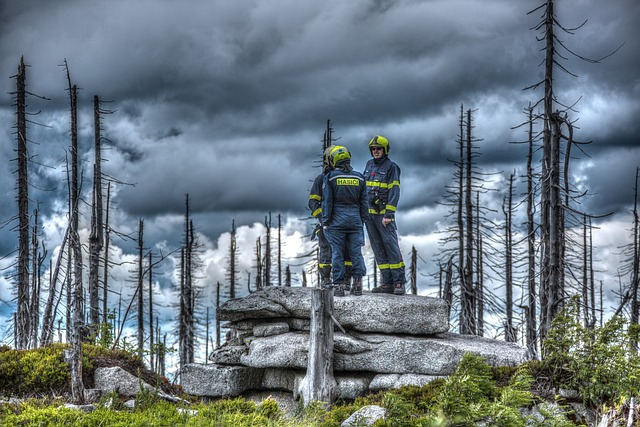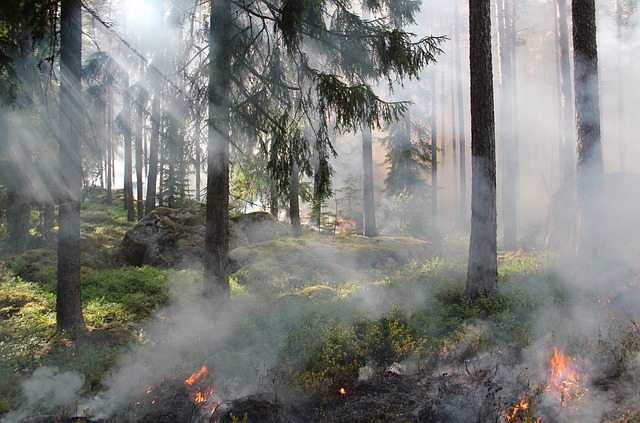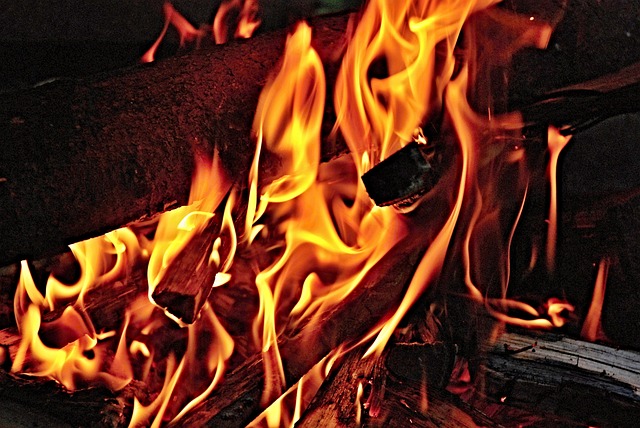Real estate investors play a vital role in California's housing market, particularly after fires, where they rehabilitate distressed properties and contribute to community revival. Selling fire-damaged homes in California presents unique challenges like emotional attachments, strict regulations, and psychological buyer responses. Strategically crafting narratives, leveraging marketing tools, and adhering to legal requirements are key. Investors must navigate legalities, manage risks, and prioritize safety during rehabilitation to maximize returns and connect with buyers in this niche market. Effective resale strategies, including targeted marketing and partnerships with real estate specialists, streamline the process for successful investments.
In the dynamic real estate landscape of California, understanding the niche yet pivotal role of investors is key. This article delves into the unique challenges and opportunities presented by fire-damaged properties in the Golden State. From navigating legal considerations and insurance claims to strategies for attracting investors and maximizing returns through rehabilitation, this guide equips homeowners with insights crucial for successfully selling fire-damaged real estate in California.
- Understanding Real Estate Investors and Their Role in California's Market
- The Unique Challenges of Selling Fire-Damaged Properties
- Strategies for Attracting Investors to Your Fire-Damaged California Home
- Legal Considerations and Insurance Claims for Investors Dealing with Fire Damage
- Maximizing Returns: Tips for Effective Property Rehabilitation and Resale
Understanding Real Estate Investors and Their Role in California's Market

Real estate investors play a pivotal role in shaping California’s dynamic market, especially when it comes to unique scenarios like selling fire-damaged properties. These investors are not just financial entities but key players who contribute to the state’s economic landscape. They have a deep understanding of the real estate sector and often possess extensive networks that facilitate transactions. In California, where the housing market is renowned for its diversity and potential, investors step into various roles—from rehabilitating distressed properties to flipping houses.
When fire damages a property, these investors step in with their expertise and capital, recognizing the opportunity to restore and resell these assets. They assess the extent of damage, work with contractors, and manage renovation projects, ensuring that homes are not only repaired but also improved, adding value to the selling point. This process not only revitalizes communities post-disaster but also contributes to California’s robust real estate ecosystem, making it a vibrant market for both traditional and specialized investors.
The Unique Challenges of Selling Fire-Damaged Properties

Selling fire-damaged properties in California presents a unique set of challenges for real estate investors. Beyond the immediate physical damage, these properties often carry emotional weight, making it difficult for owners to let go. This can prolong listing times and impact the overall market value, as potential buyers may be hesitant to commit due to concerns about hidden repairs or lingering odors.
The process involves meticulous documentation of the damage, extensive renovation, and in some cases, legal battles with insurance companies. California’s strict building codes add another layer of complexity, ensuring that every repair meets specific safety standards. Investors must also consider the psychological impact on buyers, as homes associated with traumatic events can evoke strong emotional responses, requiring a delicate approach to marketing and presentation.
Strategies for Attracting Investors to Your Fire-Damaged California Home

When it comes to attracting investors to your fire-damaged California home, a well-crafted narrative can be as powerful as any renovation. Highlighting the potential for transformation is key; present the property not just as a repair project, but as an exciting opportunity for someone to build their dream home or add to their investment portfolio. Emphasize the location’s resilience and the area’s recovery efforts, showcasing the neighborhood’s appeal before and after the fire.
Leverage online marketing strategies such as high-quality photography and targeted social media campaigns to showcase the property’s unique story. Many investors are drawn to properties with a compelling backspace; frame the fire damage as an opportunity for a fresh start and a chance to create something distinctive. Consider hosting open houses or virtual tours, inviting potential buyers to see firsthand the transformation potential. Additionally, offering flexible terms or working with real estate professionals specializing in selling fire-damaged properties can further enhance your appeal to investors looking for diverse opportunities in the California market.
Legal Considerations and Insurance Claims for Investors Dealing with Fire Damage

When dealing with fire damage in their investments, real estate investors in California face a unique set of legal considerations. The state’s strict regulations regarding property ownership and disposition come into play, especially when selling a fire-damaged property. It’s crucial for investors to understand that any sale must comply with building codes and safety standards, which can involve costly repairs or demolition, depending on the extent of the damage. This process is further complicated by insurance claims, where coordinating with insurers and understanding coverage limits are essential steps before putting the property back on the market.
Insurance claims for fire damage can be a complex labyrinth, but they’re crucial in mitigating financial losses for investors. Understanding what’s covered under policies, especially regarding rebuilding or replacement costs, is key. In California, where natural disasters like wildfires are common, investors should also consider obtaining additional coverage options tailored to such risks. This proactive approach ensures that claims are handled efficiently, allowing for a smoother transition back into the market when selling fire-damaged property.
Maximizing Returns: Tips for Effective Property Rehabilitation and Resale

Maximizing returns in real estate investments often hinges on effective property rehabilitation and resale strategies, especially in markets like California where selling fire-damaged properties can be lucrative. Before starting any renovation, conduct a thorough inspection to identify structural damage and assess repair costs accurately. Prioritize safety and code compliance during the rehab process to avoid legal issues and ensure future buyers’ peace of mind.
Focus on high-return areas such as kitchens and bathrooms, where updates have a significant impact on resale value. Consider cost-effective yet stylish design choices that cater to modern buyer preferences. Marketing is key; highlight the property’s potential through compelling before-and-after photos and showcase its unique features in online listings. Additionally, partnering with experienced real estate agents specializing in fire-damaged properties in California can significantly enhance the resale process by connecting investors with discerning buyers seeking opportunities in this niche market.
Selling a fire-damaged property in California presents unique challenges, but understanding the role of real estate investors can significantly impact your success. By implementing effective strategies, addressing legal considerations, and focusing on property rehabilitation, you can maximize returns and attract investors eager to transform damaged homes into profitable opportunities. Remember that navigating this process requires careful planning and expertise, ensuring a successful sale in California’s competitive market.






